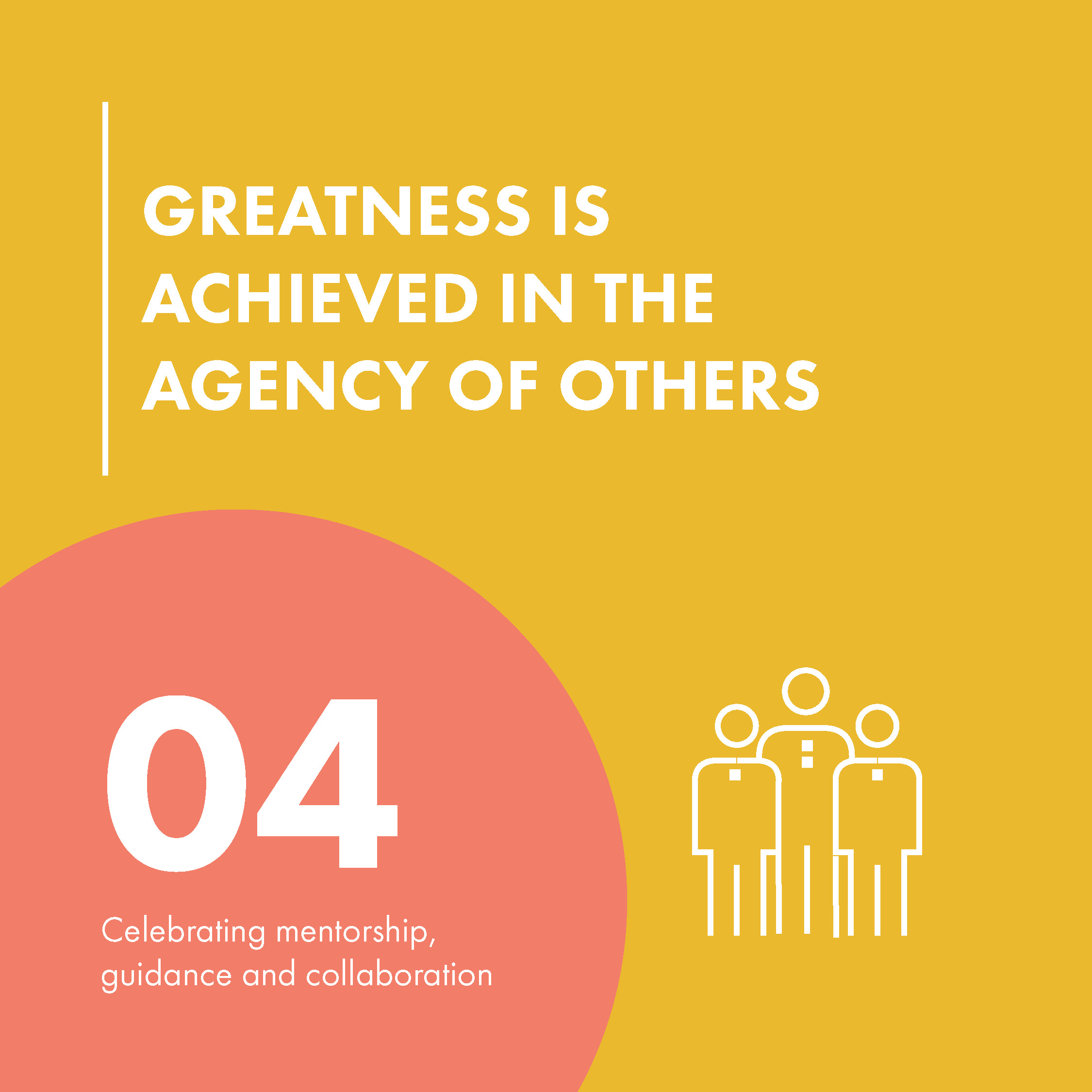Greatness is achieved in the agency of others - Celebrating mentorship, guidance and collaboration


I’m not sure if it was Professor Scott Galloway who said it first, but he says it well when he talks about entrepreneurship and the future of work: “greatness is achieved in the agency of others”.

If you’ve started a company, scaled a business, or been a team leader, you’ll appreciate that at times it can be a lonely place, where waves of imposter syndrome leave you second-guessing everything! Buoyed by the thrill of chasing a big vision or goal, you push on.
Thankfully, my intuition led me to find like-minded entrepreneurial spirits early in COMUNiTI’s 10 year journey, and their mentorship, guidance, and support has been invaluable.

COMUNiTI’s success has been a shared endeavour. I find that everything is better and a lot more fun when I collaborate, solve problems, exchange hair-brained ideas, and learn with others.
So, as COMUNiTI celebrates 10 years, I also want to recognise the influence and impact of my ‘agency of others’.

The First Step Most Businesses Miss, When Designing The Next Workplace

Businesses often jump-start a workplace redesign by looking at the immediate problem.
They are looking at the fact that they are running out of space, or that they've got too much space, or that their space is no longer serving them and the company. It's no longer facilitating the way that they need to engage and create work, And with many employees no longer people even coming into the office, this is creating new and different challenges for many organisations.
“Businesses are missing this very first critical step in understanding how their organisation functions and what they need to do, in order to create their next workplace. What's happening, is that they are not taking that bigger view.”
As businesses begin to plan for their next workplace, there are key factors that they often miss. Three of these factors include considering what their future looks like, understanding where they are right now, and bringing a team together that is going to help them get there.
To avoid...
What Your Workplace Design Says About Your Culture & Values

Design creates culture. Culture shapes values. Values determine the future. – Robert L Peters
Purpose-driven organisations are understanding the power their workplace has in communicating their intentions and impact, creating thriving workplaces. The ability to communicate this purpose lies within the organisation’s existing business intelligence; its values and strategy. This intelligence, forms the foundations for the functional planning and aesthetics of the workplace, influencing the behaviours that instill this greater purpose.
Organisational values can be much more than the words that get stuck up on the wall. Typically, these values are informed by the brand story of the business and show up through the behaviours of its people. A brand story is not just the logo and the suite of colours, it’s the narrative that illustrates the history of the business, where they came from, who they are, what they do and what they stand for.

The communication of this brand sto...

